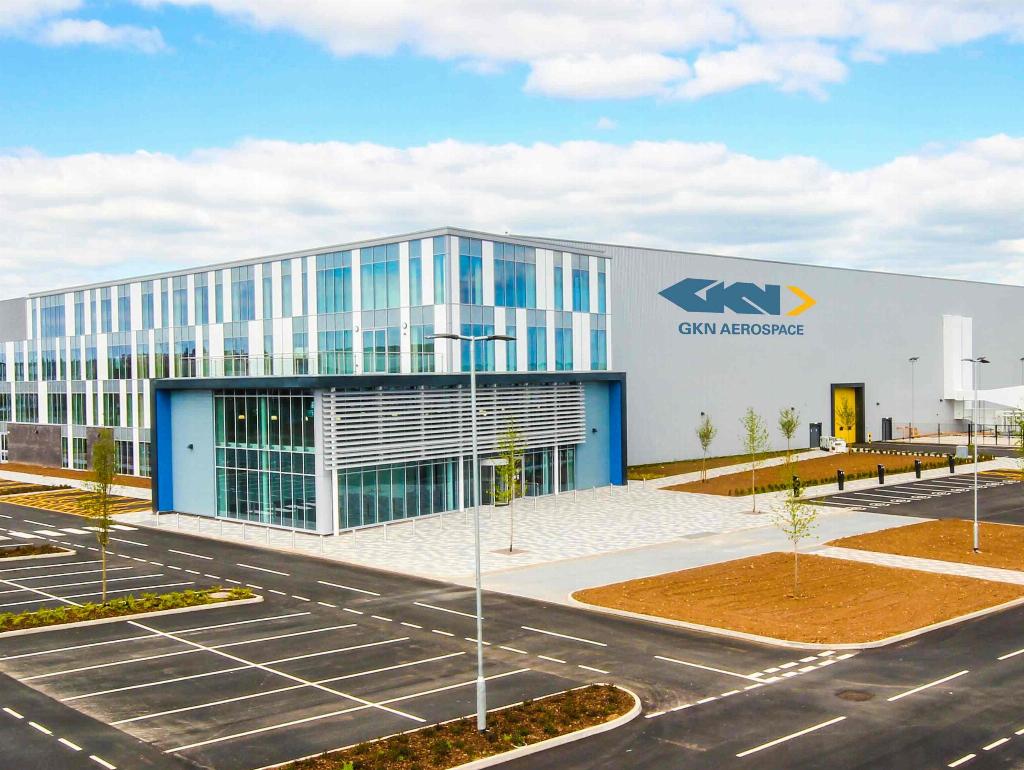- Joined
- 26 May 2006
- Messages
- 32,647
- Reaction score
- 11,839
Attachments
Last edited:
bigvlada said:Passengers/cargo in two pods and hydrogen tank in main body?
Skyblazer said:Without a doubt. A nice variation on the concept, as all the projects previously seen, either from either Lockheed or Boeing, use the pods for fuel, not the main fuselage.
hesham said:I think it was very close to Lockheed.
hosscara said:As a matter of interest; what changes need to be made to the engines & fuel systems to be able to run hydrogen? (Besides the obvious tankage requirements)




In 1937, Von Ohain tested his first gas turbine, the HeS-l, using hydrogen gas as fuel, so that this engine, the Heinkel Strahltriebwerke 1, without any other option, its development could have continued with hydrogen instead of gasoline. But as luck would have it, the story turned out differently, and one could have read later that the He-118 V2, which tested the engine of the He 178, was powered by hydrogen, and that the latter flew for the first time in the summer of 1939 with a hydrogen-powered engine. This is an alternative story that could have happened at Heinkel.

First hydrogen-powered plane takes flight
Test flight confirms the UK as major player in aerospace and could place the country in the vanguard of sustainable aviationwww.telegraph.co.uk
We unlock the era of sustainable air travel by developing the first qualified hydrogen-electric powertrain for aviation. In over a decade of researching, refining, and testing, we have developed a radically new, zero-emission solution: Powered by clean hydrogen, which is converted to electric power in our fuel cell´s powertrain, our demonstrator aircraft HY4 proves that zero-emission aviation is within reach.

“Kerosene [jet fuel] is also extremely dangerous. And hydrogen is no less or more dangerous. It’s just different,” says Jenny Kavanagh, chief strategy officer at Cranfield Aerospace Solutions.
“The flames of the Hindenburg disaster were all about the canopy,” she adds. “The hydrogen was gone before the photographer turned up.”
Kavanagh is among a group of British scientists involved in a government-backed initiative codenamed “Project Napkin”, which has plotted a course to providing Britain with net-zero flights.
The Napkin blueprint, seen by The Telegraph, has been developed by a coalition of industry experts from the likes of Cranfield Aerospace, Rolls-Royce, GKN, and Heathrow airport, as well as academics from University College London and Southampton University.
According to Napkin, hydrogen flights carrying up to 19 passengers between the Scottish islands and the mainland could be a reality between 2025 and 2030. These early flights will be operated by retrofitted planes carrying gaseous hydrogen in tanks beneath their wings.
From 2035, a new fleet of aircraft designed specifically to run on hydrogen could fly the entire domestic schedule from regional airports such as London City, according to the blueprint, which will be unveiled at the UN’s Cop27 climate change conference in Egypt this week.
And by 2040, 90-seater hydrogen-powered jets are scheduled to be in service, meaning the entire UK domestic aviation market will be operated by zero-emissions planes.
The plans pour cold water on electric-powered aircraft playing a central role in “guilt-free flying” - this despite airlines such as easyJet previously identifying electric-powered as the answer to reducing the industry’s carbon footprint.
“Hydrogen aircraft represent a credible solution to reach zero carbon flight and are the natural complement to sustainable aviation fuels,” the blueprint says. “While other solutions were looked at initially, such as electric and hybrid propulsion, the consortium concluded that hydrogen technologies provide the path to zero-carbon emission flight for mainstream commercial services.”

To gas turbines, nothing but the fuel metering system, although if the engine uses sensors to measure turbine inlet temperature, they may need replacement as there would no longer be strong thermal radiation from microscopic burning carbon particles. Piston engines may need more internal modifications.hosscara said:As a matter of interest; what changes need to be made to the engines & fuel systems to be able to run hydrogen? (Besides the obvious tankage requirements)
Hi Hosscara,
I think it is not a much bigger changes.
I also seem to remember something about "hydrogen embrittlement" of various metals from far-off chemistry classes.To gas turbines, nothing but the fuel metering system, although if the engine uses sensors to measure turbine inlet temperature, they may need replacement as there would no longer be strong thermal radiation from microscopic burning carbon particles. Piston engines may need more internal modifications.hosscara said:As a matter of interest; what changes need to be made to the engines & fuel systems to be able to run hydrogen? (Besides the obvious tankage requirements)
Hi Hosscara,
I think it is not a much bigger changes.
It's more a problem at low temperatures (see https://demaco-cryogenics.com/blog/hydrogen-embrittlement/); it can also be minimized by choice of materials, possibly including the ceramic coating that it is common in gas turbine engines.I also seem to remember something about "hydrogen embrittlement" of various metals from far-off chemistry classes.To gas turbines, nothing but the fuel metering system, although if the engine uses sensors to measure turbine inlet temperature, they may need replacement as there would no longer be strong thermal radiation from microscopic burning carbon particles. Piston engines may need more internal modifications.hosscara said:As a matter of interest; what changes need to be made to the engines & fuel systems to be able to run hydrogen? (Besides the obvious tankage requirements)
Hi Hosscara,
I think it is not a much bigger changes.
Precisely. I was thinking about fuel tanks, pumps, and piping where the fuel remains in liquid form before reaching the engine. Such things can be fixed, but not easily or cheaply.It's more a problem at low temperatures (see https://demaco-cryogenics.com/blog/hydrogen-embrittlement/); it can also be minimized by choice of materials, possibly including the ceramic coating that it is common in gas turbine engines.I also seem to remember something about "hydrogen embrittlement" of various metals from far-off chemistry classes.
That is the whole problem of the hydrogen story. Once you have to make your own fuel (and not have biological/geological processes provide it for free), the second law or thermodynamics really starts to bite.The biggest problem with hydrogen is where do you get it from? Hydrolysis consumes more energy than it produces in the hydrogen fuel.
All fuels do; it's just that the energy costs for production of coal, crude oil, and biofuels are included in their costs. The questions are, first, are the inefficiencies low enough to make hydrogen economically viable, and, second, are the net environmental damages less than directly using fossil fuels.The biggest problem with hydrogen is where do you get it from? Hydrolysis consumes more energy than it produces in the hydrogen fuel.
